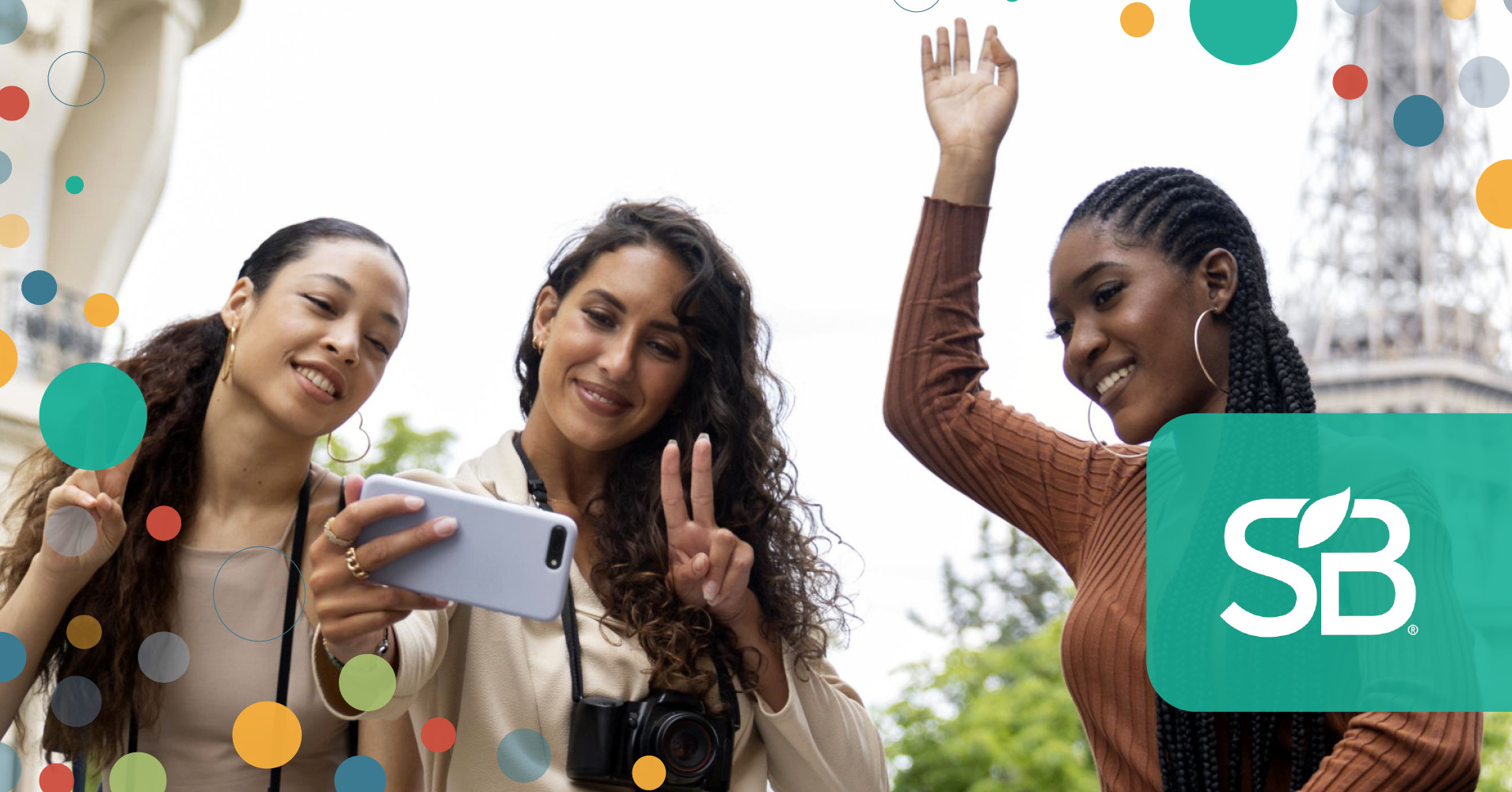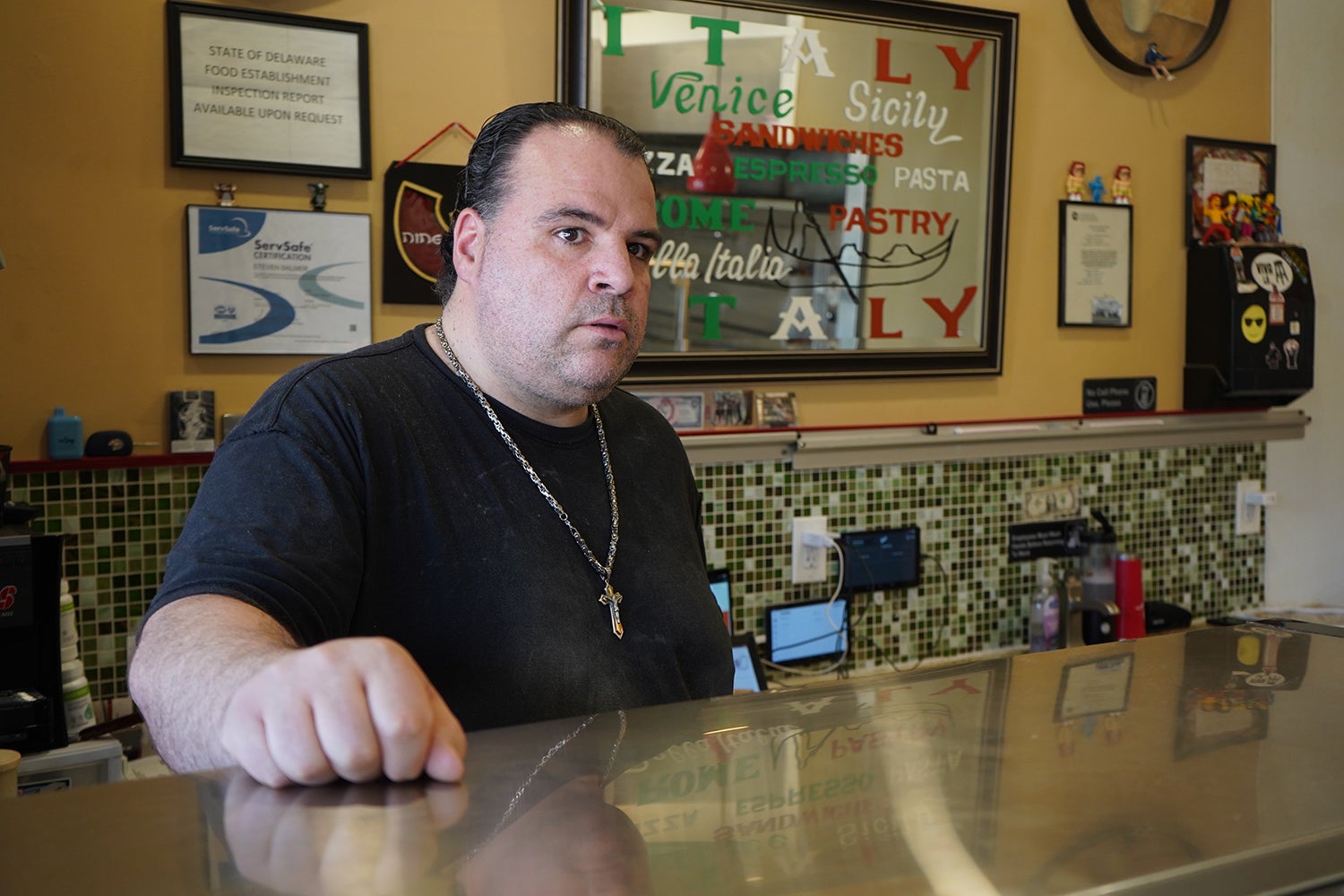Travel
New Research Offers Pathway to More Inclusive Travel Industry | Sustainable Brands

First-of-its-kind study from Expedia Group takes an intersectional approach to
uncover barriers to travel for underserved communities and help industry
eliminate barriers including access, discrimination and lack of personal safety.
Expedia Group has released Journeys for All:
An Expedia Group Study on Inclusion in
Travel
— a first-of-its-kind study that equips the travel industry with key insights
and evidence-based recommendations to improve the travel experience for
underserved groups.
With a focus on barriers facing multiple population segments, Expedia sought
perspectives from four communities of underserved travelers: Black
travelers, Latino travelers, LGBTQIA+ travelers and travelers with
disabilities. These underserved communities are projected to grow
significantly in the US1 — hence, increasing their impact on the travel market.
As such, the travel industry has an obligation to understand and meet their
needs and develop efforts that eliminate barriers including bias, discrimination
and lack of personal safety.
The study also sought to understand the experiences of individuals with
intersectional identities — examining race and ethnicity, gender identity,
sexual orientation and disability status to understand how these overlapping
identities affect travel experiences — and the report includes recommendations
for the industry based on these insights.
Insights
Journeys for All highlights several urgent industry challenges and key
insights to drive progress:
-
The 50 Liter Home: Lessons from a multi-industry global collaboration
Join us as leaders from Electrolux and Procter & Gamble share insights and progress to date on ‘The 50 Liter Home’ — a partnership aimed at reducing water consumption in the home, while also generating awareness that leads to better lifestyle choices for sustainable water use — Wednesday, Oct. 16, at SB’24 San Diego.
42 percent of underserved travelers feel limited by their identities when
planning travel. -
Underserved travelers spend an average of 5+ hours of extra time researching
to plan trips — including to ensure services and destinations are safe,
welcoming and accessible. -
Only 16 percent of travelers feel that travel advertising and promotions
represent them authentically. -
71 percent of underserved travelers say it is important that travel company
staff be well-trained on diversity and inclusion issues and topics. -
Nearly 3 out of 4 underserved travelers are more likely to book with
companies demonstrating a commitment to diversity and
inclusion.
The study assesses the needs of these underserved communities across all three
stages of the travel journey — planning, in-transit and at destination.
According to the report, 20 percent of LGBTQIA+ travelers with disabilities say
travel advertisements do not represent them at all. More than a quarter (26
percent) of Latino travelers with disabilities say they feel a need to hide
their identities when traveling to and from their destination, compared to just
seven percent of the general population. This data reinforces that most
travelers identify with more than one underrepresented group and thus, have
multiple reasons for concerns when traveling — from safety to accessibility to
feeling welcomed.
“Evolving business strategies to create more welcoming and inclusive travel
experiences should be an industry imperative,” says Greg
Schulze, chief commercial officer and
president of Travel Partnerships and Media at Expedia Group. “It not only
improves the traveler experience, but it’s also good for business. This study
invites the industry to come together and take action because everyone should be
able to experience the joy of travel and its ability to strengthen connections
and broaden horizons.”
Recommendations
By integrating an inclusive focus throughout their operations, travel companies
can enhance their brand appeal, deepen customer loyalty and unlock new growth
opportunities among these valuable customer segments. To create meaningful and
sustainable change that improves experiences for all travelers will require a
collective effort from all corners of the travel industry. The intersectional
study, with firsthand insights and actionable recommendations, invites the whole
industry to address these barriers so more people can experience more joy in
travel.
“It’s critical to understand that creating a more equitable and inclusive
industry can’t be viewed as ‘one more thing to do,’ but rather as a foundational
through line that informs everything we do as an industry,” Adam
Burke, President and CEO of the
Los Angeles Tourism and Convention
Board, says in the report. “It’s
our fundamental responsibility as leaders and good for business.”
Underserved communities are not the ‘minority’
Another important point is for travel operators to stop thinking of these
underserved groups as “minorities” — as Lethabo-Thabo
Royds, Head of Content &
Program at the World Travel & Tourism Council, points out:
“Diverse groups actually make up the average traveler demographic — more than
people realize. These travelers are very much part of our core customer base.”
For its part, Expedia Group launched its Open
World™
strategy in 2022 to begin addressing inequities across the travel industry, as
part of the company’s larger commitment to remove barriers and open access to
travel to all. Since then, the company has launched two signature programs — its
Open World Accelerator
and Made to Travel
Fund
to continue working toward this commitment.
“You need to be in the spaces travelers are in,” Royds added. “Work with the
organizations they look to for inspiration. Work with community organizations.
Look at social media and prominent voices in travel. That helps a lot, because
then you’re in front of the audience that you want to be in front of.”
1All demographic data presented here refers to the United States population and
is based on projections and characteristics sourced from the US Census and the
Human Rights Campaign.











